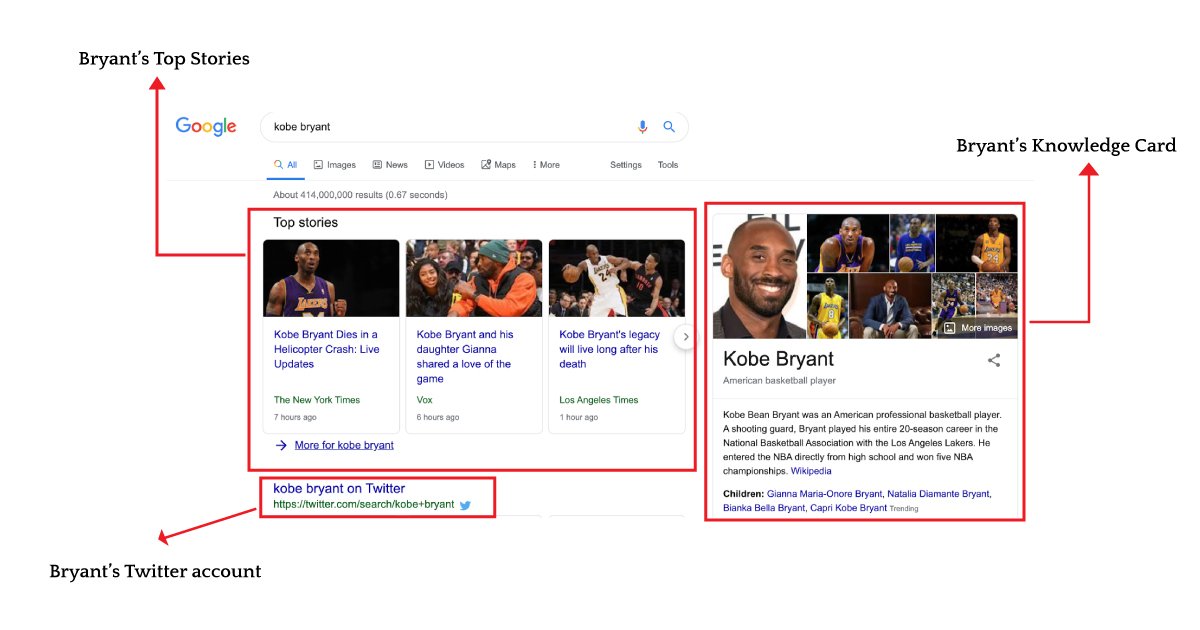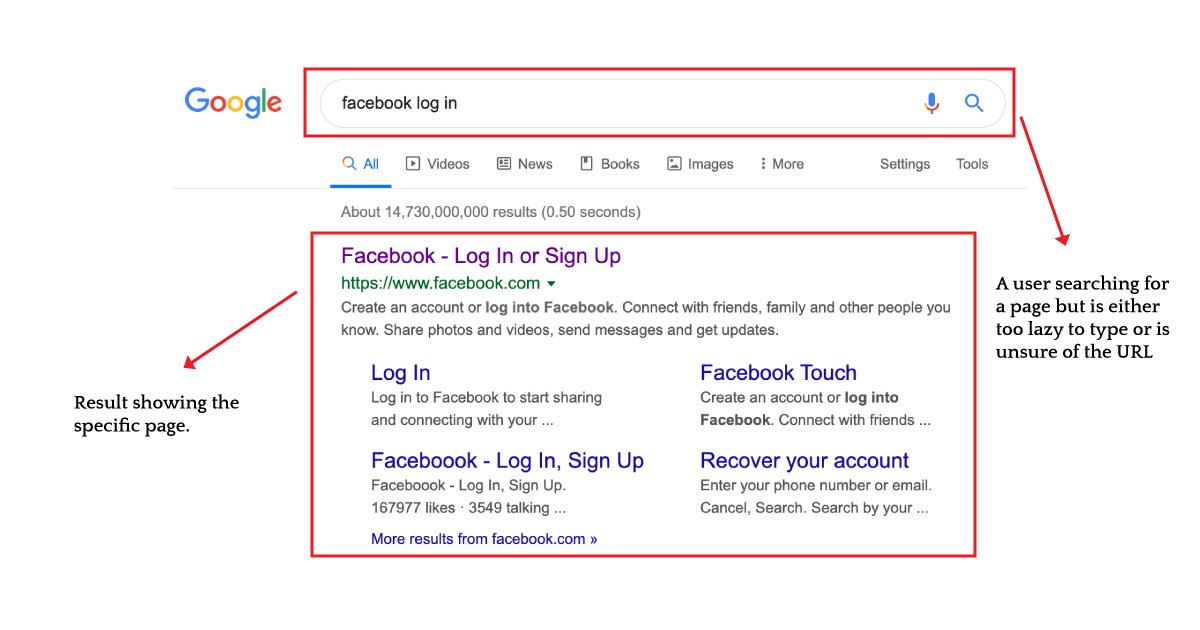Search Intent Guide: Understanding the Importance and Types of Search Intent
Search intent is a crucial aspect of search engine optimization (SEO). It refers to the reason behind a user’s search query. In other words, it is the underlying motive or goal of a user when they type a particular keyword or phrase into a search engine.
Understanding search intent is essential for creating content that matches the needs and interests of your target audience. When you optimize your content for search intent, you increase the likelihood of ranking higher in search engine results pages (SERPs) and driving more traffic to your website.

In this guide, we’ll delve into the importance of search intent, the different types of search intent, and the benefits of optimizing for search intent.
What is Search Intent?
Search intent, also known as user intent or query intent, is the underlying motive or goal behind a user’s search query. It refers to what the user is hoping to achieve or learn from their search query.
Search intent can be classified into several categories, including informational, navigational, transactional, and commercial investigation. Each of these categories corresponds to a different type of search intent, which we’ll discuss in more detail later in this guide.
Search intent is essential because it helps search engines provide the most relevant and helpful results for a user’s query. By understanding the intent behind a user’s search, search engines can present results that align with the user’s needs and interests.
Let’s use my old Google search as an example to define what search intent is. As a fan of music, I wanted to know who of my favorite artists won in the past 2020 Grammy Awards.
The words I typed in are Grammys 2020, and here are the results:

Most, if not all, of the results, show the winners, highlights, and performances— just what I needed to know to keep me updated on the recent awards show.
Did I get the answers that I wanted? Yes. Was I satisfied with the results Google gave me? Yes, definitely. Then this means that the content Google displayed for me has the right search intent. The following results provided me the informational content I needed to know just by typing in a simple search term of ‘Grammys 2020’.
Google’s algorithm is smarter than we think— it’s providing answers for all types of users whatever stage they are in their search or buyer journey. This is the challenge Google has made for digital marketers, like us, to provide the content users might be needing at that specific time.
Nobody has an accurate way to determine search intent yet. This is where most, if not all, SEOs fail: carefully and accurately understanding the user’s search intent. If you’re a bit lost at this point, best to go back to the basics of understanding SEO to get a better grasp of Search and its different pillars and factors.
The growing importance of search intent
Search engines weren’t always this complicated. Back in the day, posting regular content and using keywords was enough to get you on top of the SERPs. But as Google’s algorithm evolved, so has SEO and their best practices.
But the concept of search intent didn’t just appear out of nowhere in the SEO landscape. It’s been accumulating relevance for quite a while, and it’s only now that marketers have seen and noticed its significance.
The value of search intent began with the release of Google Hummingbird update where the search engine released an increasingly sophisticated understanding of the intent of searchers’ queries to match and provide relevant results to the users.
Then came RankBrain, Google’s first-ever AI-centered algorithm update, sorting the search results carefully and introducing the concept of interpreting the searches that might not have the exact words that were searched for, yet still delivering the closest answer possible to answer the query.
Optimizing for search intent is essential for several reasons:
Better User Experience: When you create content that aligns with the user’s search intent, you provide a better user experience. The user is more likely to find the information they are looking for, which leads to higher engagement and satisfaction.
Higher Click-Through Rates: Content that matches the user’s search intent is more likely to receive clicks from search engine results pages. When users see that your content aligns with their needs and interests, they are more likely to click through to your website.
Improved Rankings: Search engines prioritize content that matches the user’s search intent. When you optimize your content for search intent, you increase your chances of ranking higher in SERPs.
Higher Conversion Rates: Content that aligns with the user’s search intent is more likely to lead to conversions. When users find the information they are looking for, they are more likely to take action, such as making a purchase or filling out a contact form.
Types of Search Intent
Search intent can be classified into several categories, each of which corresponds to a different type of search intent. The four main types of search intent are:
Informational Intent:
Informational intent refers to a user’s search for information. Users with informational intent are looking for answers to a question or seeking to learn more about a particular topic. Examples of informational search queries include “I want to learn more about Kobe Bryant; when I search his name online, I’m expecting to see everything I need to know about him and his career as an NBA legend.”

Google provides me with the following information: Bryant’s Knowledge Card, a summary of all the information published about him, top stories, and the first organic result is Bryant’s Twitter account, where he used to be most likely active.
Navigational Intent:
Navigational intent refers to a user’s search for a particular website or web page. Users with navigational intent know what they are looking for and are seeking to navigate directly to the relevant page. Examples of navigational search queries include “Facebook login” or “YouTube homepage.”

Transactional Intent:
Transactional intent refers to a user’s search for a specific product or service with the intention of making a purchase. Users with transactional intent are looking to complete a transaction, such as making a purchase or signing up for a service. Examples of transactional search queries include “buy black ballpens”

Commercial Investigation Intent:
Commercial investigation intent refers to a user’s search for information about a product or service with the intention of making a purchase at a later time. Examples of Commercial Investigation Intent “Digital marketing Books”.

The Benefits of Optimizing for Search Intent
Optimizing your content for search intent has several benefits, including:
Improved Rankings: When you create content that aligns with the user’s search intent, you increase your chances of ranking higher in SERPs. Search engines prioritize content that provides the most relevant and helpful information for the user’s query. By optimizing for search intent, you increase your visibility and improve your rankings.
Higher Click-Through Rates: Content that matches the user’s search intent is more likely to receive clicks from search engine results pages. When users see that your content aligns with their needs and interests, they are more likely to click through to your website. This leads to higher traffic and better engagement.
Better User Experience: When you optimize your content for search intent, you provide a better user experience. Users are more likely to find the information they are looking for quickly and easily. This leads to higher engagement, satisfaction, and brand loyalty.
Increased Conversions: Content that aligns with the user’s search intent is more likely to lead to conversions. When users find the information they are looking for, they are more likely to take action, such as making a purchase or filling out a contact form. This leads to higher conversion rates and improved ROI.
Competitive Advantage: By optimizing your content for search intent, you gain a competitive advantage over other websites in your industry. When your content provides the most relevant and helpful information for the user’s query, you stand out from your competitors and attract more traffic and customers.
Targeted Audience: Optimizing for search intent allows you to target your content to specific audiences. By understanding the needs and interests of your target audience, you can create content that resonates with them and drives more targeted traffic to your website.
Better Content Strategy: Understanding search intent helps you develop a better content strategy. By focusing on the needs and interests of your target audience, you can create content that is more likely to be shared and linked to, leading to improved brand recognition and authority.
“ Searches don’t simply happen at random moments.
They’re driven by needs.
Conclusion:
In today’s digital world, creating content that aligns with the user’s search intent is crucial for improving your online visibility, increasing engagement, and driving conversions. By understanding the different types of search intent and optimizing your content accordingly, you can improve your rankings in SERPs, attract more targeted traffic to your website, and gain a competitive advantage in your industry.
As we’ve seen in this guide, search intent is the underlying motivation behind a user’s search query. There are four main types of search intent: informational, navigational, commercial, and transactional. By understanding the different types of search intent and creating content that meets the user’s needs and interests, you can improve your chances of ranking higher in SERPs and attracting more traffic to your website.
To optimize your content for search intent, you need to conduct thorough keyword research, understand your target audience’s needs and interests, and create high-quality content that provides the most relevant and helpful information for the user’s query. By doing so, you can improve your user experience, increase engagement and conversions, and drive more revenue for your business.
In conclusion, search intent is an essential component of any successful SEO strategy. By understanding the different types of search intent and optimizing your content accordingly, you can improve your rankings, attract more targeted traffic to your website, and gain a competitive advantage in your industry. So, take the time to research and understand your audience’s needs and interests, and create high-quality content that aligns with their search intent. Your efforts will pay off in the form of improved visibility, engagement, and conversions.
At Rewokers Advertising, we understand the importance of search intent and its impact on your online success. Our team of experts can help you optimize your content for search intent, ensuring that you attract more targeted traffic to your website and improve your ROI.
We offer a range of SEO services that are designed to improve your rankings, increase engagement, and drive conversions. From keyword research and content optimization to link building and technical SEO, we have the expertise and experience to help you achieve your goals.
Our team uses the latest tools and techniques to conduct thorough keyword research and analyze your competition, ensuring that your content is optimized for the most relevant and profitable keywords. We also create high-quality content that provides the most relevant and helpful information for the user’s query, leading to higher engagement and conversions.
With Rewokers Advertising, you can rest assured that your SEO strategy is in good hands. Our team is committed to delivering results and helping you achieve your online goals. So, whether you’re looking to improve your rankings, increase traffic, or drive conversions, we can help. Contact us today to learn more about our SEO services and how we can help you optimize your content for search intent.

Great article, Thank you for posting.